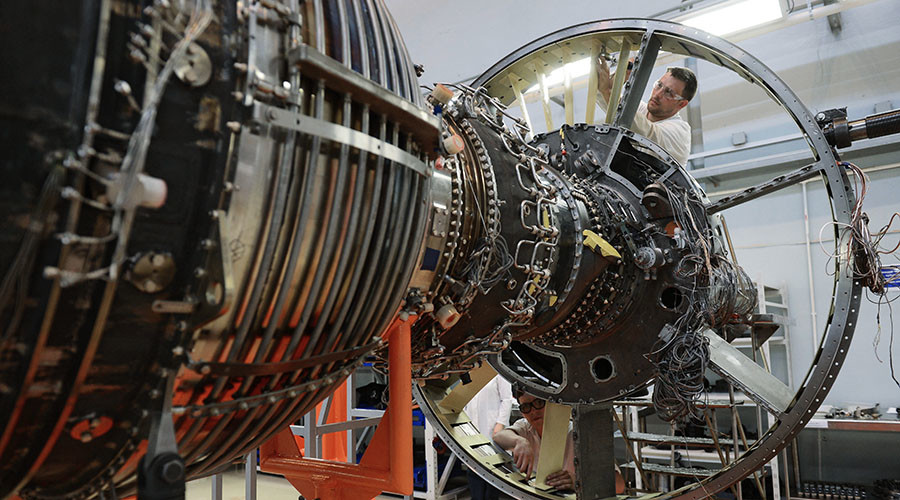
Photo: Sputnik / Sergey Mamontov
Russia has successfully created a ‘combined aircraft engine’ that will allow sixth-generation space planes to fly in both Earth’s atmosphere and near space at hypersonic speed, RT reported on July 13, citing the commander of Russia’s Strategic Rocket Forces (RVSN), General Sergey Karakaev.
“The know-how allowed us to create a combined [aircraft] power plant that enables switching the engine from an atmospheric flight mode to a rocket mode while flying in space,” the TASS news agency quoted the words of Sergey Karakaev.
The commander of RVSN told the news agency that the new engine had passed live tests and proved operational. He also added that the engine will be showed at Russia’s grand international arms expo, Army 2016, in September.
However, the type or design of aircraft that might make use of such an engine was not precised. But its advanced capabilities allowing flights to near space and back allow us to presume that it could be earmarked for a sixth-generation fighter jet. Earlier, the information about researching and development of a 6G jet in Russia has appeared in media reports.
We do not have much information about the concept for a 6G fighter, but Air Force Commander General Viktor Bondarev said in March that a 6G jet is being designed in both manned and unmanned versions.
According to specialists, the 6G jets will have more capabilities compared to the fifth-generation aircrafts. The 6G jets will be armed with an electromagnetic gun, it will be able to reach hypersonic speeds of about 4-5 Mach, leave the atmosphere, penetrating near space, and then re-enter hundreds of miles away.
According to the TASS news agency, a prototype is expected to make its first flight by 2025.





